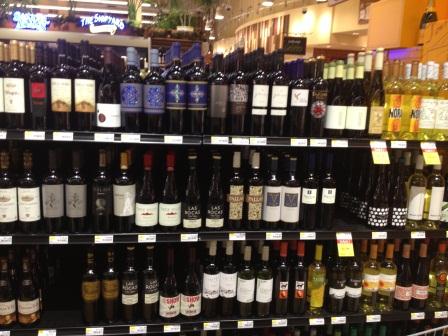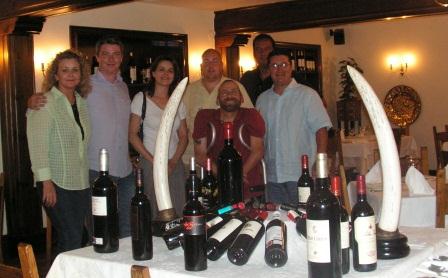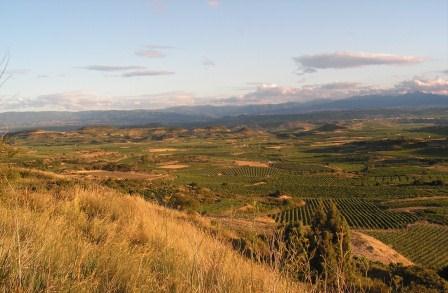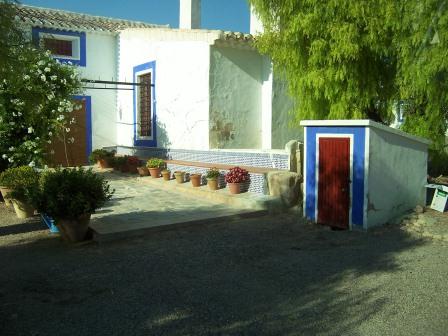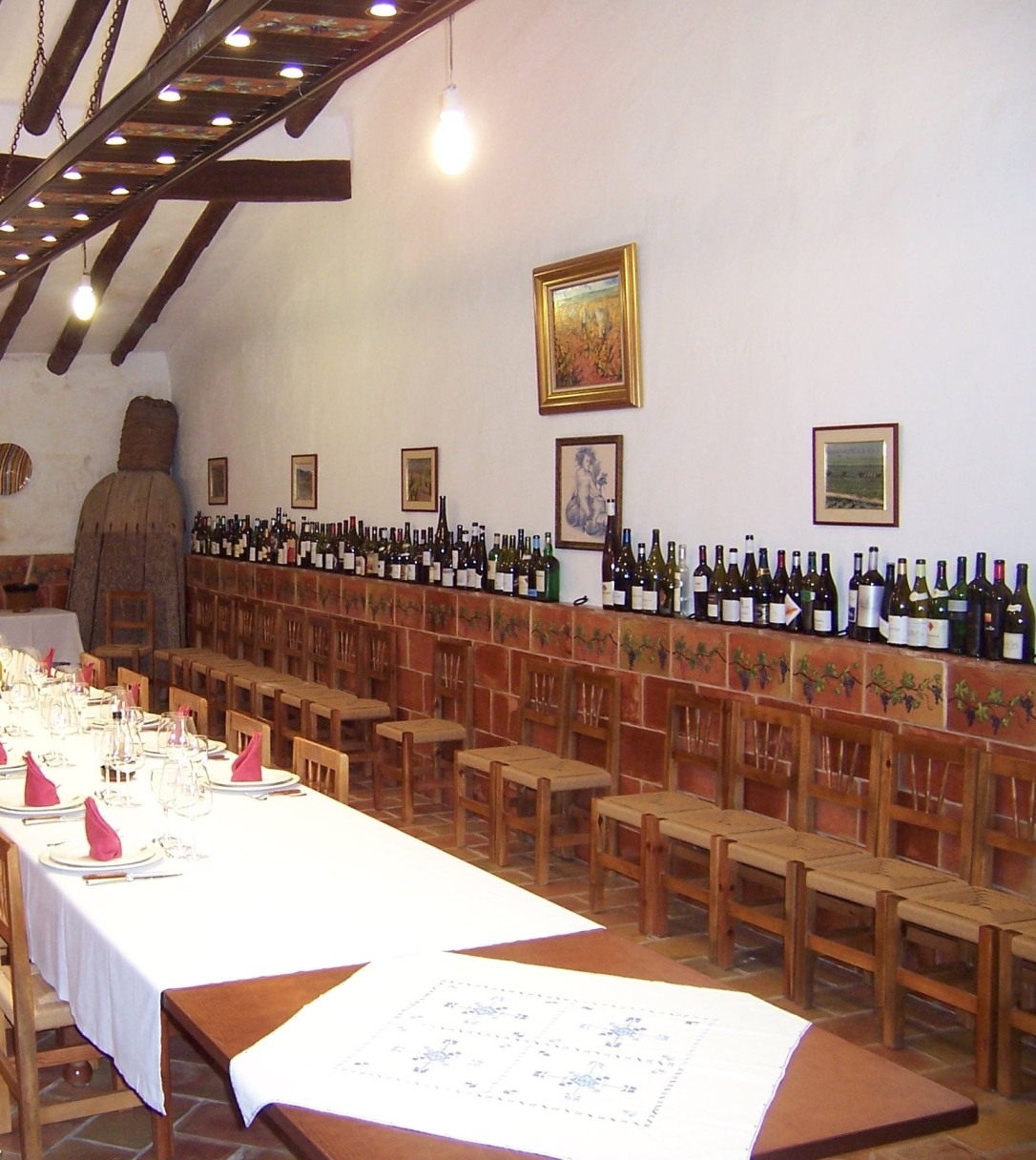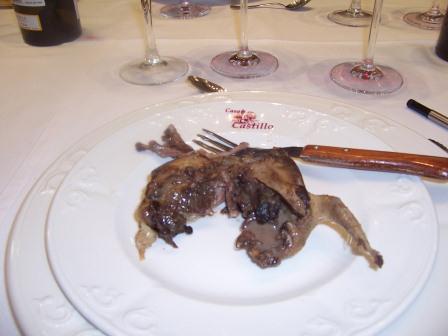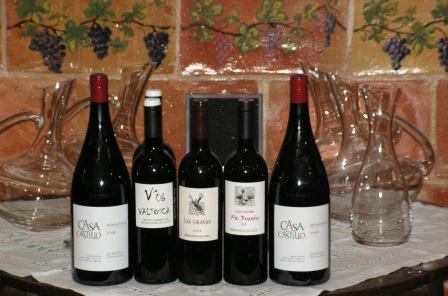Winemaker: Rafael Coñizares
Grape: 100% Tempranillo
Region: La Mancha, Spain
See other wines from this winemaker:
I was excited to find this new Jorge Ordoñez/Rafael Coñizares join venture (Venta Morales project), a new wine from La Mancha, called PALLAS.
When I saw its label, it brought back some memories. The memories of my visit to Span, region of La Mancha, and my first meeting with the winemaker Rafael Coñizares. He seemed to be very shy, soft spoken man, who didn’t like to talk about his wines much. Or, could it be that I didn’t speak Spanish and he didn’t hold a conversation in English? Either way, we both preferred to drink those wines rather than talking about them.

The label of this new, 100% Tempranillo wine, is full of stones. Just like the large river stones, an underlayment of unique La Mancha sandy soils, with lots of iron, clay and chalk. La Mancha, the largest wine region in the world, with around 474,000 acres of higher altitude land devoted to vine growing, is “nurturing” its vines with rough winds, cold winters and hot summer days, turning into cold nights.
Combine that with almost no rainfall, and Rafael’s devotion to keep vine’s yields very low – and you have the recipe for concentrated, deep colors and superb flavors in wine.
Although this wine was stainless steel fermented, and didn’t age in oak, it offers surprisingly dark, ruby, almost purple color. Lovely aroma of dark berries and perhaps a little dust of cocoa.
On the palate it was fresh, full of yummy fruit flavors, reminder of dark cherries, sweet and acidic blackcurrant from my mom’s garden, with a little spice of black pepper. When you got to drink a greatly made wine , without oak, it actually shows you the bare, clean, unmasked wine flavors in its best glory. I loved what my husband said about Pallas, when he took his first sip: this wine is cheerful! Yes, it’s rich fruity flavors with silky tannins made our dinner cheerful event.
Incredible value wine for hard to believe $8.00. I left my second bottle opened till next day, and almost liked the wine better than when I first opened it. Which is sometimes the case with some really expensive, big reds, when the wine is not “opened” enough yet. But it hardly happens with wine in this price range. Kudos to Jorge and Rafael for this one!!!
By the way, if you follow my blog for a while, you know that I am crazy about Spanish wines. Especially those that I can consider “house wine” based on their, more than reasonable, price. Jorge Ordoñez, my favorite Spanish wine importer, put his seal on many great, affordable wines from different parts of Spain. Its common denominator is the uncompromising quality, no matter what the price tag. You can imagine why I felt like a kid in the candy store, when I saw this shelf at Boca Raton’s Whole Foods. Wow, they have some wise wine manager there!


